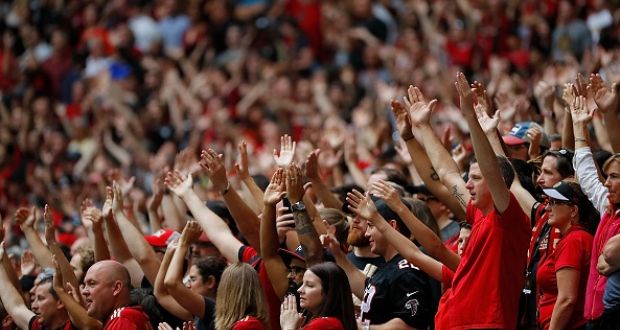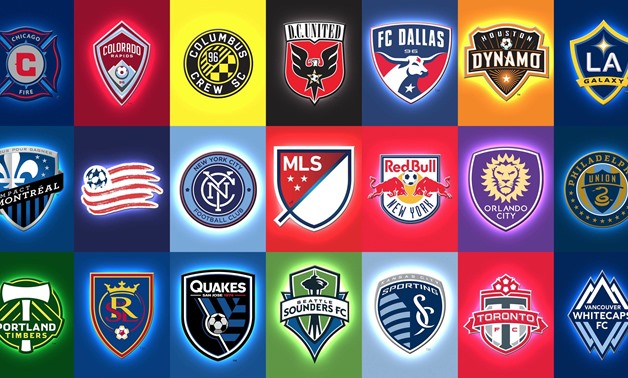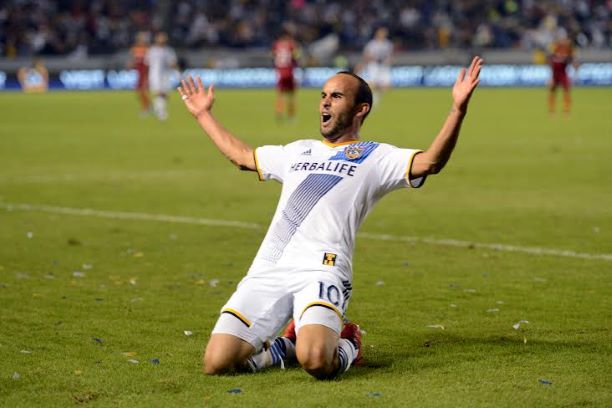How Udinese beat the system and stands at the gates of La Liga
How Udinese beat the system and stands at the gates of La Liga
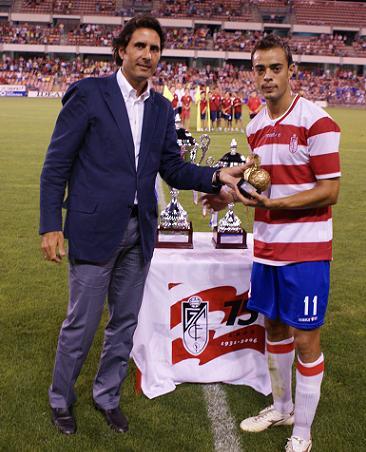

By Eric Beard
At the end of the 2009-10 season, Granada CF and Barcelona B finished first and second in the third tier of Spanish football, both gaining promotion to Liga Adelante. This past season, Barcelona B finished 3rd and Granada finished 5th.
Promotion into La Liga is almost identical to promotion into the Premier League. That is, the best two sides in the league go directly into La Liga while the next four battle it out in promotion playoffs. However, there’s one caveat. Barcelona B could not compete for promotion into La Liga because it is part of FC Barcelona and two sides from the same club cannot play in the same league. Instead, 7th place Real Valladolid was able to take on 4th place Elche CF in the playoff semifinals. Elche progressed into the promotion final in dramatic fashion, as did Granada. One Spanish club from Andalusia and one from the province of Alicante, it all seemed so straightforward.
However, when Granada faced Celta Vigo this past Saturday in the playoff semifinal, 6 out of the 11 starters were Udinese-owned. In fact, 11 players on the Granada roster are “on loan” from the Italian club, including starlets such as Dani Benitez (pictured above) and internationals such as Ghana’s Jonathan Mensah. Simply, the majority of Granada’s squad is an Udinese B filled with Spanish flair. Where the rules stopped this year’s Barça B squad from progressing, Udinese used a different country to push forward. And now, after the two matches in the playoff final on Wednesday and Saturday, Udine could essentially have a team in both Serie A and La Liga. An Italian job indeed.
The transformation was a novel one, but by no means are Granada’s fans upset by the Italian presence; they are absolutely loving their rapid resurgence in Spanish football. El Graná are back and the seats in Los Cármenes are filled once again. So how did this happen exactly? Well, let’s start with Udinese owner Gino Pozzo.
In 2009, Granada CF was a club in crisis, both competitively and financially. The club was on the brink of disappearing, despite a rich 80 year history. Gino Pozzo saw a money-making opportunity that would double as a way to develop Udinese talent, and in July 2009, the two clubs signed a partnership agreement so the majority of Granada’s squad would become Udinese-owned, while the Italian club could also send over its reserves and youngsters.
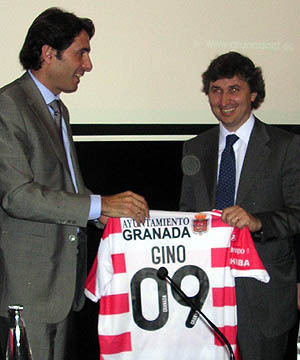
So what are the benefits for Gino Pozzo and Udinese Calcio? Well, the strategy is to use the exposure Granada gets in the Spanish league to showcase Udinese-owned talent that will, in turn, gain value in the transfer market. With Pozzo’s commitment to investing, Granada only seems likely to improve in the future. And Pozzo’s “buy cheap, gain exposure, sell high” philosophy is already working. Just imagine the possibilities for profit if Granada gets into the top flight in Spain.
Will Granada’s success be sustainable? Yes, and legally so. Though Pozzo said, “we put ourselves in Granada because it is a city with a great football potential,” there is also a legal framework that ensures that Udinese’s partnership with Granada is a permanent one. But amongst this clever system, one thing remains clear: if Granada are promoted the boys by the alhambra will not be the only one reaping the rewards.
But is this the start of a larger trend? Udinese’s plan is profitable and it has revived Granada. As a result, both parties are happy. Real Madrid have a notable connection with Getafe, but it’s not quite as imposing as this. Should Barcelona abandon Barça B, take over local side Catalan side Girona FC and make a run for La Liga? Should Arsenal impose its eye for talented youth by rebuilding Nantes in Ligue 2? Is this the future of relationships between the ‘haves and have-nots’ of football?


